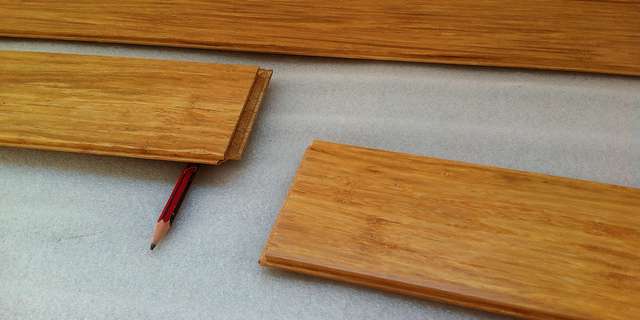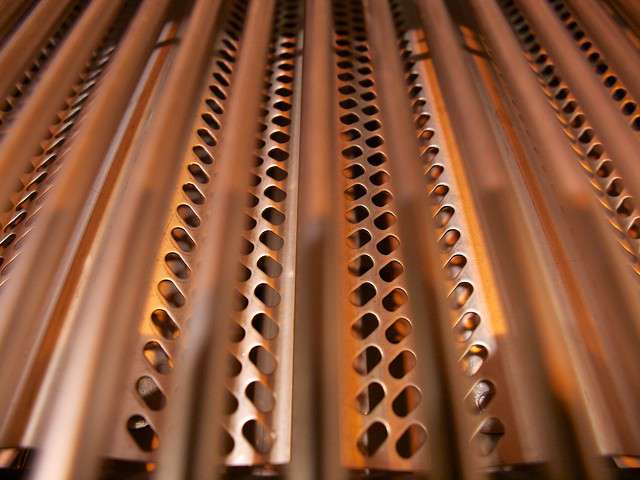
Whether shopping for new flooring or large scale project design elements, color and consistency are a mark of quality in any type of building material. Image Source: Flickr user Gavin Tapp
The New Year is here and many people are ready for a change. New workout routines, special diets, and home improvement projects all top the lists of resolutions. New flooring was on the top of ours, and as we set out to shop the latest trends, visual quality was our highest priority. As with any type of building material, visual quality relates directly to color consistency and finished product outcome. These components are crucial for maintaining the intended design elements of personal small scale projects and large commercial projects as well. Manufacturers of building materials strive for product quality and must rely on color measurement technology to ensure exact color matching and consistency in their products.



